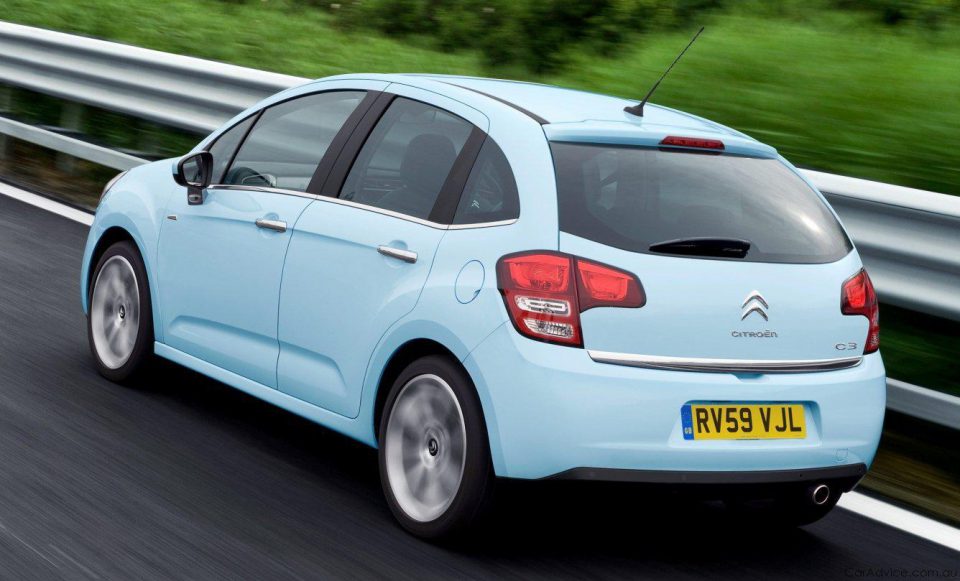Fresh Tesla Violates Consumer Reports’ Ratings Scale, Bolsters Company’s Stock
Tesla’s Model S P85D, seen here at a car display in April, scored one hundred three on Consumer Reports’ 100-point ratings system. Johannes Eisele/AFP/Getty Photos hide caption
Tesla’s Model S P85D, seen here at a car showcase in April, scored one hundred three on Consumer Reports’ 100-point ratings system.
Johannes Eisele/AFP/Getty Pictures
With a uncommon mix of blazing speed, safety and energy efficiency, the fresh Tesla Model S P85D left the folks at Consumer Reports taking hold of for ways to decently rate the car, after it scored a one hundred three — out of 100. “It kind of broke the system,” says Jake Fisher, director of the magazine’s auto test division.
Listing the all-electric car’s attributes, including its improved treating and stopping power, Fisher says, “We’re eyeing numbers that we haven’t seen before. So this kind of blew out the system. We’re providing it a score of 100.”
That final rating came after the product testing organization adjusted its metrics a bit (but it says it won’t now grade all other cars on the P85D’s curve). It posted the results online Thursday — and in a infrequent stir, Consumer Reports didn’t require a subscription to see the Tesla ratings (that budge very likely played a part in the company’s trouble with its Web servers).
In a movie discussion of the Model S P85D, Fisher says, “We’re not used to observing large cars go 0-60 in Three.Five seconds. We’re not used to eyeing large cars that get an equivalent of eighty seven miles per gallon, and are that swift. So it indeed blows apart a lot of things.”
Consumer Reports’ experts note that the score doesn’t mean the car has achieved perfection — for one thing, there’s the $127,820 price tag of the tested model. That makes it the most expensive car that the magazine has ever tested. And then there’s the base model’s estimated range of about two hundred fifty miles on a single charge.
But the magazine’s autos editor, Mark Rechtin, also notes that the Tesla is astounding for its quickness in applying power to the road — and pushing its occupants back in their seats.
“This car goes from zero to 1.02 G’s in less than a quarter of a 2nd,” Rechtin says, “which is almost as prompt as the human brain can react.”
That rush of speed happens silently, Rechtin added. He said, “The only other way that you can feel that, in a legal setting, is to basically leap out of an airplane.”
We’ll note that those speeds reflect a car outfitted with the “Insane” driving mode. The quicker “Ludicrous” mode gets to sixty mph in Two.8 seconds, according to Tesla.
The glowing review generated intense interest in the car Thursday (as of this writing, the Consumer Reports website has crashed); it also propelled Tesla’s stock to an eight percent build up, to a close of $242.99 on the Nasdaq market. That’s fairly a bounce for a stock that, at the opening of Monday’s trading session, could be had (shortly) for $202.
On the spectacle of Tesla’s stock, The Wall Street Journal notes, “at midday, Tesla’s market value stood at $31.7 billion, up $Two.Five billion from Wednesday’s close.”
In its very first years in the auto market, Tesla has focused on high-priced cars. The Model S cost more than $50,000 when it was introduced, and the fresh Model S P85D has a base price of $104,500. But earlier this year, the company announced plans to produce a more affordable car called the Model Trio, with a list price of $35,000.
